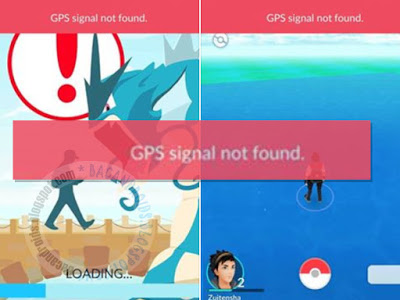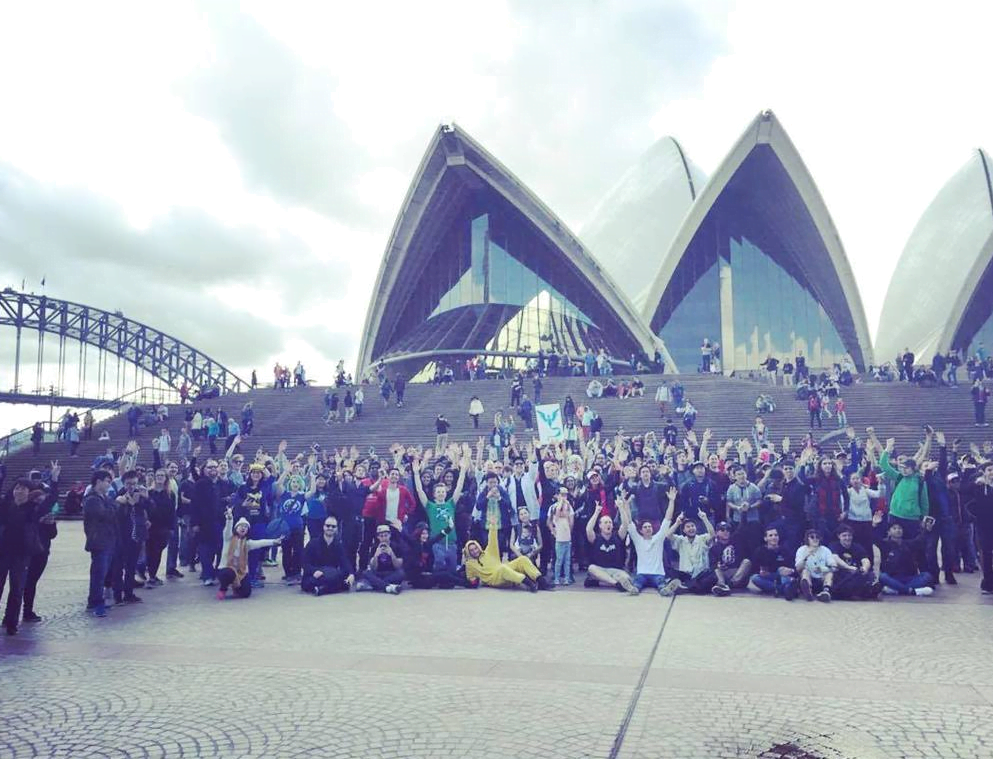Pokémon GO’s strong start
A little over a week on, we consider the downtime, the delayed global roll-out, and the huge popularity.
It’s been a weird week-and-bit, started by the low-key release of Pokémon GO. We did know that the app by Niantic was coming sometime in July, thanks to a somewhat overzealous Miyamoto during the Pokémon GO E3 Q&A session, but there was no more than that to go on. Nor did the app come out worldwide. Instead, Pokémon GO was initially released only in Australia, New Zealand and Japan, the same three countries which received the Field Test. The intention was clear – a staggered release would help give the servers some time to cope, before more countries could be added.
Unfortunately for Niantic, on the internet word travels fast, and downloads came through quickly, and shortly after a workaround found for the country limit. The result: people in America and Europe joined the masses and the servers started off with lag, lag and more lag. From personal experience, server downtime was encountered on five of the first seven days, while the Pokémon Trainer Club account logins were mostly inaccessible. Recently in Australia, server downtime was experienced for the entire morning, and some of the afternoon as well. Pokémon fans in various countries in Europe, as well as Canada and other nations, are still waiting for the official release as well.

To continue on the negatives for the moment, those server issues have also resulted in moments of frustration for players. Consider for instance the frequent glitches encountered when taking on a Gym, such as when the opponent survives on 1 HP for most of the battle until you’re forced to close the app and restart. You’ll be hard pressed to find someone who hasn’t encountered the game freeze on them upon hitting a Pokémon with a Poké Ball as well. While server stress is an understandable cause for these glitches, that’s little consolation for players.
Then there’s the content, or lack thereof in some respects. Catching them all is all well and good, but there’s only 151 (less until we find out how to get the Legendary Pokémon) to find thus far. The total Pokémon count is over 700 in the main series titles, and that’ll increase further before the year is out with the release of Pokémon Sun and Moon. Meanwhile, some areas where players reside are mostly devoid of most Pokémon in GO.

And while there are plans to add more content regularly, like how Niantic Labs have done with their other mobile phone title Ingress, staple concepts of the main games such as trading and local battling against live opponents do not yet exist. Patience is a virtue that players could arguably use more of, but certainly there’s a lot more potential we could see realised with the app.
And yet despite the shaky start, Pokémon GO has been a resounding success thus far for Niantic, The Pokémon Company and Nintendo. Meanwhile, numerous reports about the app on websites and television shows continue to pour in, whether it’s about a statement from the police in Australia asking people to not come into their station (“That Sandshrew isn’t going anywhere fast.”), or about an employee fired for swearing on Twitter about how he was unable to play Pokémon GO in his country of Singapore. Pokémon GO is still typically in the top three ‘trending topics’ of social media website Facebook.
The usage is staggering as well. Let’s review key stats from data analysis website similarweb.com on the app:
On July 8th, only 2 days after the app’s release, it was already installed on 5.16% of all Android devices in the US. If that doesn’t seem like much, consider that by Thursday, July 7th, Pokemon GO was already installed on more US Android phones than Tinder.
Or:
Over 60% of those who have downloaded the app in the US are using it daily, meaning around 3% of the entire US Android population are users of the app. This metric, which we refer to as Daily Active Users has put Pokémon GO neck and neck with Twitter, and in a few more days, Pokémon GO will likely have more users Daily Active Users than the well-established social network.
Since then, Twitter has been overtaken. Maps and Snapchat are firmly in its sights.
Undoubtedly the existing power of the Pokémon brand helps. After all, Pokémon is the second best selling video game franchise of all time, second only to Mario. Compare Google searches made on Pokémon GO with any other popular app, say… Flappy Bird, Candy Crush and Angry Birds. That peak of Pokémon GO searches completely swamps the two. This reflects in usage as well – Pokémon GO is the most popular mobile game now.

Financially it’s been a huge win for Nintendo as well. While it is a free-to-play game, GO does have micro-transactions, and the app has been the fastest to top the revenue raising charts. Meanwhile, Nintendo benefited on the stock exchange with a staggering nine billion dollar gain in market value. Like or hate Miitomo, you can’t deny that thus far GO is blowing it out of the water right now.
And how has the gamers taken to it? There’s numerous examples to use, but let’s go with one from Australia. A Facebook event was started for a public walk for Pokémon GO players in Sydney. The response: over 5,000 people declared they would attend. And attend they did.

The question is now to see how it continues from here. It’s been a great start, but updates and server fixes will go a long way to keep players interested. The game will surely not remain this popular in the long term, but it can be made into a real force. It bodes well for the other releases expected on the mobile market for Nintendo, which shall feature the Animal Crossing and Fire Emblem franchises. Meanwhile, there’s the question of Pokémon Sun and Moon, and how that can be supported (or advertised) via Pokémon GO.
What is your personal opinion of the app, and do you think it’ll have what it takes to continue on as a successful and popular game? Let us know in the comments!
Cover image by Pebbles.
